Crown Estate scheme set to replace 1950s block with taller office-led development
DSDHA has won planning permission for proposals to demolish a seven-storey 1950s office building in London’s Piccadilly and replace it with a more ornate – but taller – scheme with a roof terrace.
The proposals, drawn up for the Crown Estate, would create a new nine-storey building and almost double the amount of office floorspace on the site of Airwork House, which is opposite Wren’s grade I-listed St James’s Church and adjacent to the grade II* Piccadilly Hotel. The unlisted structure was was designed by in-house architects at Prudential Assurance’s estates department.
According to documents put before members of Westminster City Council’s planning committee, the scheme would deliver 4,390 sq m of offices, up from the existing building’s 2,255 sq m. The building’s ground floor and basement would switch from banking and café use to retail.
Despite the scheme’s additional height, much of the increase in floorspace comes from greater massing at the rear of the new building in comparison with the existing structure.
Westminster planning officers said DSDHA’s proposal was “of high design quality” and recommended it for approval, although they said it was “essential” that the Piccadilly and Swallow Street facades were clad in natural Portland stone – something the application had not been explicit about.
“It is clearly modern, but makes reference to more traditional commercial buildings in the West End,” they said.
“It will make a positive contribution to, and will enhance, the character and appearance of Piccadilly and the Mayfair Conservation Area.”
However they accepted that it would cause “some harm” to the setting of St James’s Church.
“That harm has to be set against the public benefits of the scheme, whilst paying special regard to the preservation and enhancement of the character and appearance of the conservation area and the preservation of the settings of adjacent listed buildings including the design qualities of the new building,” they said.
“It is considered that overall the benefits of the new building and its contribution to the conservation area outweigh the harm identified, and the scheme as a whole is acceptable in urban design and conservation terms.”
A design and access statement accompanying the planning application said the existing building was “of very modest architectural quality” and that it “made no positive contribution” to the local conservation areas, or neighbouring listed buildings.
DSDHA said its strategic brief from the Crown Estate had been to enhance the area’s historically significant setting at the same time as delivering high-quality accommodation that met current standards.









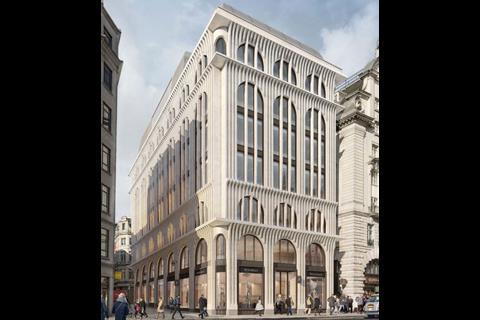
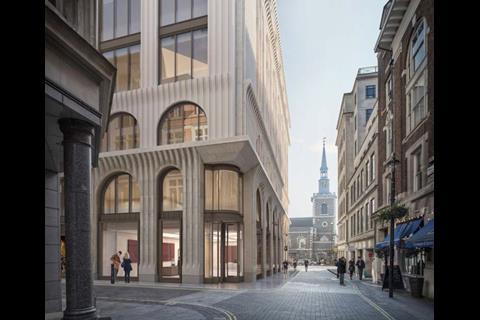
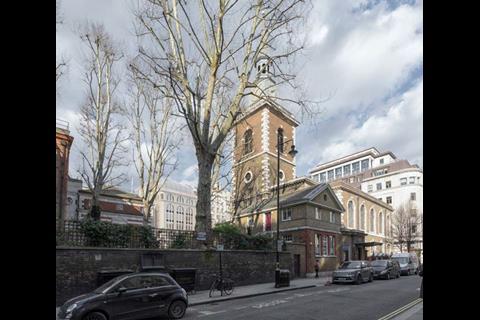
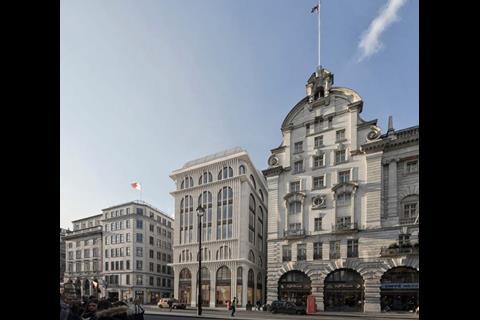
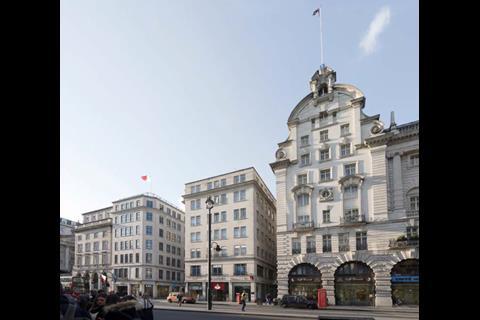
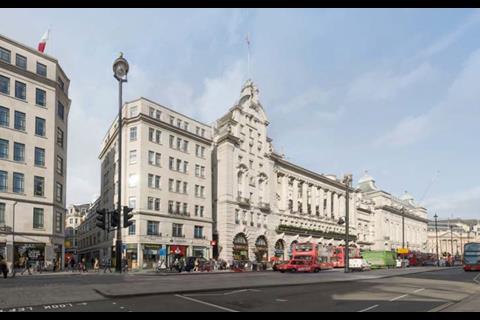
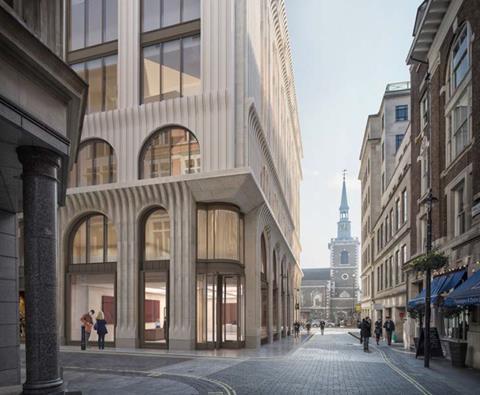
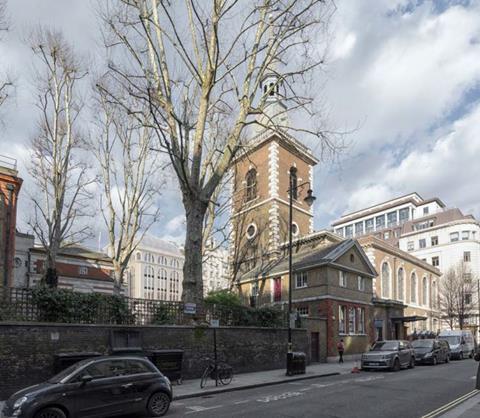
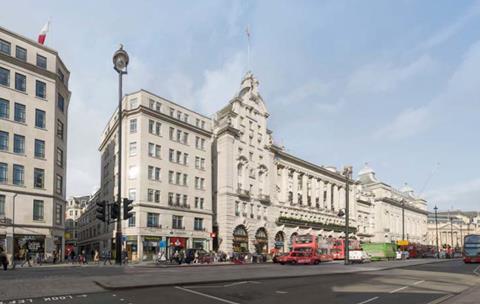




4 Readers' comments